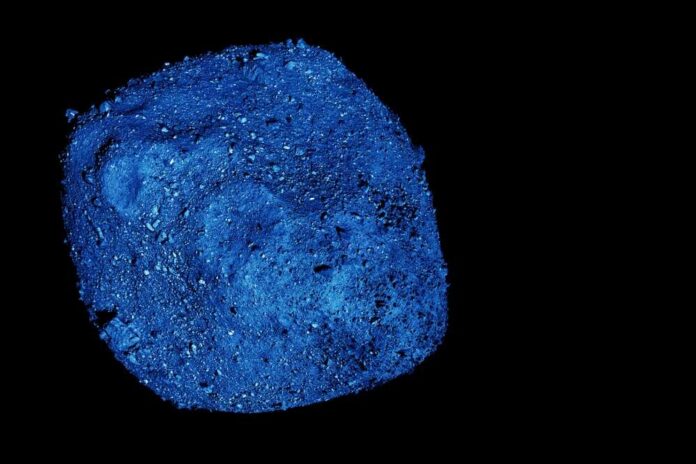
The universe holds a multitude of intriguing astronomical enigmas, and currently, all eyes are on asteroid 2023 JD2. This near-Earth object, belonging to the Apollo Group and discovered on May 13, is set to make a remarkable pass by our planet on May 16, offering a breathtaking spectacle for avid skywatchers.
Unveiling the Dimensions and Safety Measures. Spanning a range of approximately 480 to 1,070 meters in length and width, asteroid 2023 JD2 is a substantial celestial body. Thankfully, there is no cause for alarm, as it poses no threat of impact on Earth. NASA designates asteroids and comets that orbit within 120 million miles of the Sun as “near-Earth objects” (NEOs). While some asteroids can potentially lead to catastrophic events if they come too close to our planet, NASA has affirmed that this specific asteroid poses no danger to us.
Closest Approach and Velocity. The closest proximity between asteroid 2023 JD2 and our planet is anticipated to occur tomorrow at 19:52 GMT. At this juncture, NASA estimates that the asteroid will have traversed a distance of approximately 0.03 astronomical units (3.4 million miles) away from Earth, hurtling through space at velocities reaching up to 29,000 miles per hour (mph).
Asteroid Variety and Potential Impacts. A vast majority of NEOs are asteroids, ranging in diameter from a few meters to around 40 kilometers. While the likelihood of this particular asteroid colliding with Earth remains extremely low, NASA acknowledges the slim possibility of future encounters resulting in collisions.
NASA’s Vigilance and the Growing NEO Count. Since the outset of 2019, NASA has identified over 19,000 objects, including an average of 30 new NEOs weekly. Through their Asteroid Watch program, NASA diligently monitors space rocks and comets that may approach our planet closely. Encouragingly, none of the 30,000 asteroids cataloged as having close approaches to Earth pose a threat within the next century.
The Birth of the Solar System and the Asteroid Belt. Around 4.6 billion years ago, a colossal cloud of gas and dust collapsed, birthing our solar system and the accompanying asteroid belt. As this cloud condensed, the central region became densely packed with solar material, giving rise to the radiant Sun. Simultaneously, planets formed from the dust particles within the cloud.
The Wandering Asteroids and Their Composition. Minor and dormant asteroids primarily revolve around the Sun within the asteroid belt, an expanse spanning from Mars to Jupiter. Occasionally, an asteroid deviates from its regular orbit, venturing closer to the inner reaches of the solar system, posing a potential threat to Earth. The composition of these celestial bodies can comprise various elements, such as dust, rock, or metal.














